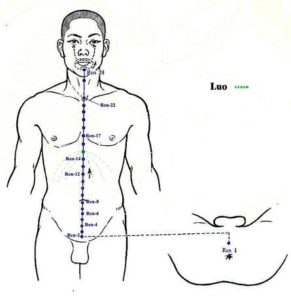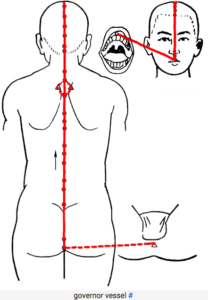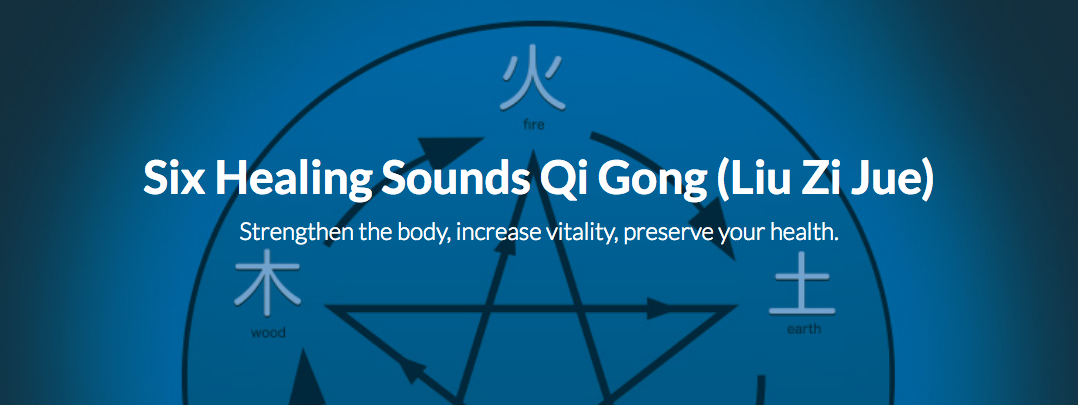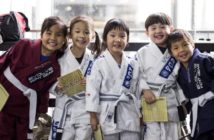Introduction
Liu Zi Jue is a traditional Chinese health practice. Liu Zi Jue or Six Healing Sounds is an exercise that regulates and controls the rise and fall of Qi inside the body and related in halation and exhalation through different mouth forms.
The six healing sounds are “XU, HE, HU,SI, CHUI and XI” and their aim is the strengthening of the liver, heart, spleen, lungs, kidneys and sanjiao (the three portions of the body cavities housing the internal organs). The exercises are designed to be completed slowly, gently, with extended and graceful movements.
Practitioners of these exercises report not only that they have experienced a general improvement in their quality of life but also that they have experienced an improvement in their social relationships. With decreased family frictions ranking among the top benefits of this practice. This is likely due to the calmness brought about by the gentile breathing movements. Other medical tests have shown positive improvements and curing of hypertension, hyperlipidemia and high blood sugar.
This article is based on the work of the Chinese Health Qigong Association.
Origins and Development of Liu Zi Jue
The term Liu Zi Jue first appears in ‘Caring for the Health of the Mind and Prolonging the Life Span’, – Tao Hongjing of the Southern and Northern Dynasties (420-589).
According to Tao Hongjing a leading figure from the Maoshan School of Taoism. “One has only one way for inhalation, but six for exhalation – CHUI, HU, XI, HE, XU and SI. CHUI gets rid of heat; HU sweeps away wind; XI eliminates worries; HE promotes the circulation of energy; XU drives away cold; and SI reduces stress. Those with heart disease should practice CHUI and HU, to drive away cold and heat. Those with lung disease should practice XU, to relieve swelling. Those who have spleen trouble should practice XI, to eliminate stress. As for those who suffer from liver disease, HE will help to cure it.”
Zou Pu’an of the Song Dynasty (960-1279) in his book ‘The Supreme Knack for Health Preservations’ recommends.
“Don’t listen to anything when pronouncing the sounds. Close your mouth, lower your head after finishing, breath in fresh air from the universe slowly through the nose. Don’t listen to anything when inhaling.”
In terms of the practice it was not until the Ming Dynasty (1368-1644) that body movements where introduced.
“Open the eyes wide when doing the XU Exercise for the liver. Raise the arms when doing the SI Exercise for the lungs. Stick head up and cross the hands when doing the HE Exercise for the heart. Keep the knees level when doing the CHUI Exercise for the kidneys. Thrust and round the lips when doing the HU Exercise for the spleen, and lie down when doing the XI Exercise to drive heat from Sanjiao”
There are a number of exercises which use elements of Liu Zi Jue. These include Yi Jin Jing (Tendon-Muscle Strengthening Exercises), Emei Zhuang (Emei Stake Exercises), Xing Yi Quan (12-Animal Shadow Boxing), Bagua Zhang (Eight-Diagram Palm), and Da Yan Gong (Wild Goose Exercises). For these exercises the sounds are used to aid these dynamic physical exercises.
Theory
The theoretical basis of the Liu Zi Jue is Traditional Chinese Medicine‘s (TCM) Five Elements (metal, wood, water, fire and earth), and Five Solid Viscera (heart, liver, spleen, lungs and kidneys).
Characteristic
Mouth forms required for pronunciation
Liu Zi Jue features six special mouth forms and methods of pronunciation to regulate and control the rise and fall of qi in the body and related to inhalation and exhalation.
Combining breathing and movements with cultivation of energy
Through combined use of breath work, pronunciation, and physical movement practitioners can benefit from “proper internal circulation of energy vital for the health, and those who know the ways to apply strength and the ways to relax can expect a long life’ – Ge Hong of the Eastern Jin Dynasty (317-420).
Dynamics infused in calmness and flowing grace
During practice pronunciation should be even and extended and the movements relaxed and slow. Regulated breathing should be even during the postures cultivating a calm and dynamic state.
Simple, reliable and effective
The six sounds are pronounced during exhalations and accompany nice movements as well as the preparatory and concluding postures. The exercise is easy to learn and practice making it practical.
Practice Tips
Liu Zi Jue is a set of Qigong exercises for health and fitness. During the exercise breath work, pronunciation and movement are combined. The following provides beginners and advanced practitioners with tips for perfecting the exercise.
Adjusting the mouth forms and feeling the air flow
Mouth forms should be done correctly with particular attention given to pronunciation and air flow. Beginners should find the right mouth form and then exhale with gently making the sound.
Combining the mind with breathing and movements

Renmai

Dumai meridian
During practice the mind should be relaxed and in tune with the movements and the accompanying prolonged breathing and pronunciation. Excessive effort in the mind and body should be avoided. Focus should be on the breath work in a way that it is combined with physical movements that assists and compliment and enhance the practice.
It helps to relax the body and calm the mind, and dredge such meridians as Renmai (or conception vessel extending along the anterior midline of the body) to improve the circulation of the blood and vital energy.
Breathing with slight control
Liu Zi Jue should be done naturally using regress breathing.
Regress breathing occurs when inhalation is done through the nose and the chest is expanded while pulling in the abdomen. On the out breath this should be reversed through the mouth, increasing upward and downward movements diaphragm. This process both massages the organs and improves the circulation of blood and vital energy. Excessive efforts should be avoided.
Coordinating breathing with slow, realised and gentle movements
During practice even, prolonged and relaxed breathing and pronunciation will achieve the best results.
Step by step for consistency
Find a quiet place to practice in peace, be consistent in your practice. An environment that relaxes and allows the mind to be at peace is essential as is confidence in the exercises health benefits.
This article is based on studies and guidance compiled by the Chinese Health Qigong Association.




